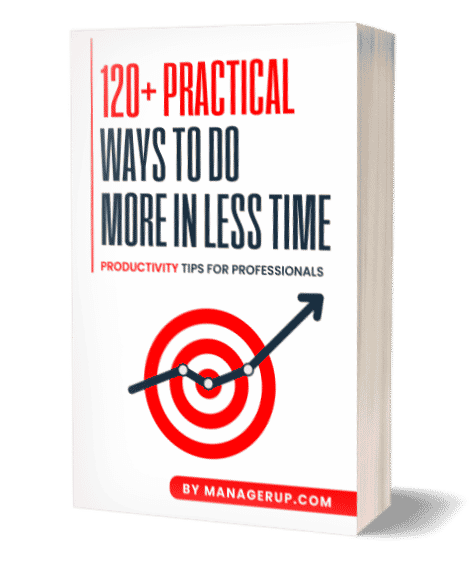In a world filled with endless notifications, constant meetings, and overflowing task lists, maintaining focus has become increasingly difficult. Many professionals believe they can accomplish more by multitasking, but research shows that multitasking reduces productivity, increases stress, and leads to lower-quality work.
Our infographic highlights actionable strategies to help professionals regain focus, prioritize deep work, and build a workplace culture that prevents distractions.
Why Multitasking Hurts Productivity
While switching between tasks might feel efficient, the reality is that multitasking forces the brain to constantly shift focus, reducing the ability to concentrate. This results in:
❌ Lower Work Quality – Divided attention increases errors.
❌ Increased Stress & Fatigue – Constant switching exhausts the brain.
❌ Reduced Efficiency – It takes longer to complete tasks.
How to Avoid Multitasking: 7 Key Strategies
✅ 1. Implement a “Focus-First” Work Policy
- Schedule dedicated deep work sessions.
- Use “focus zones” to minimize interruptions.
- Delay responses to non-urgent requests.
✅ 2. Use the 3-Stage Task Prioritization Model
- Step 1: Eliminate unnecessary tasks.
- Step 2: Automate repetitive processes.
- Step 3: Prioritize high-impact tasks.
✅ 3. Train Focus with the “Single-Task Workflow”
- Work on one task at a time to build concentration.
- Minimize tech distractions to improve efficiency.
- Group similar tasks together to reduce cognitive overload.
✅ 4. Design a Workplace That Physically Prevents Distractions
- Create quiet zones for deep work.
- Declutter workspaces to improve mental clarity.
- Optimize seating arrangements for maximum focus.
✅ 5. Rethink How Meetings Are Structured
- Set “meeting-free” days for uninterrupted work.
- Keep meetings short and purposeful.
- Reduce unnecessary invitations and streamline discussions.
✅ 6. Upgrade Digital Habits to Reduce Constant Notifications
- Check messages only at scheduled times.
- Use “Do Not Disturb” mode during focus hours.
- Avoid instant messaging distractions when deep work is needed.
✅ 7. Cultivate a Leadership Mindset That Promotes Deep Work
- Lead by example—prioritize focus over multitasking.
- Encourage employees to prioritize high-value work.
- Foster a results-driven culture rather than a “busy” one.
Final Thoughts
Multitasking is not a productivity superpower—it’s a barrier to efficiency and high-quality work. By building distraction-free environments, prioritizing deep work, and adopting focus-enhancing strategies, professionals and teams can boost productivity while reducing stress.
Our infographic provides a step-by-step approach to minimizing distractions and optimizing workplace efficiency.
Read our detailed post to discover how you can implement these strategies today and transform your work environment into a space of clarity and focus!





